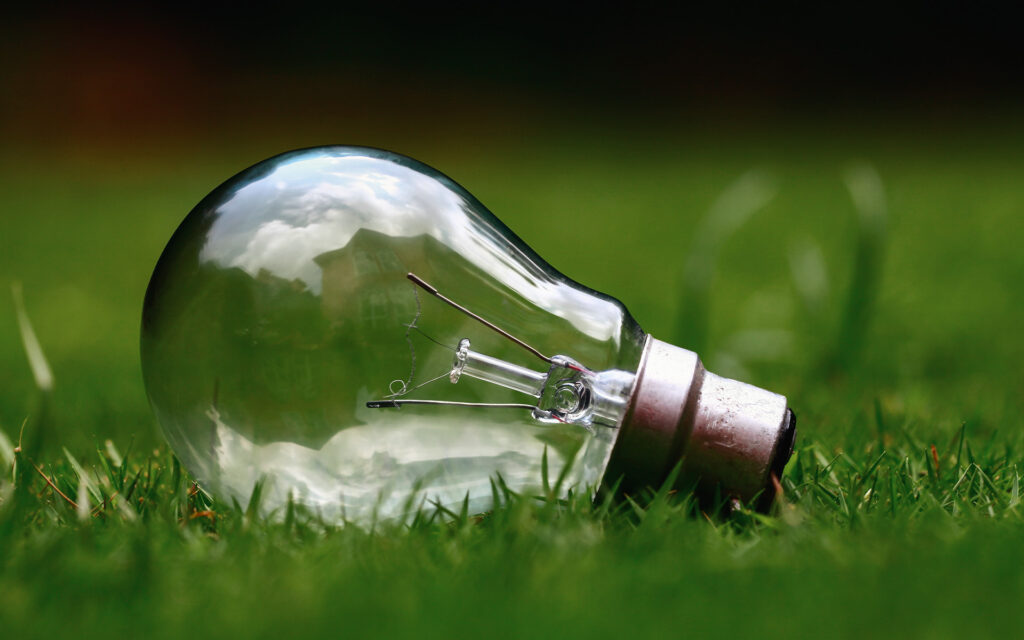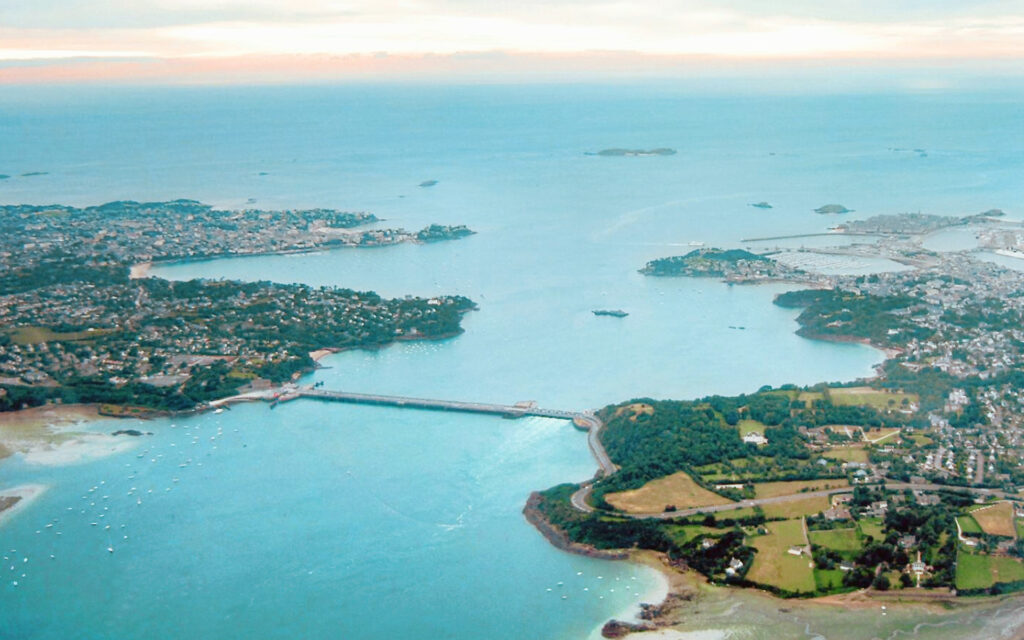Two thirds of our planet are composed of water. Immense oceans and blue seas that move with extraordinary force. So extraordinary that it’s unthinkable not to harness the sea to produce renewable energy, much like we already do with solar or wind energy, for instance. Tidal energy, not yet very widespread, is the energy obtained from the movement caused by the water’s tides. Typically, waves and tides drive turbines that activate an alternator, initiating energy generation thanks to this force of water. This sea energy is collected in a tidal power plant, which is then responsible for distributing the energy.

Why is this energy important?
Like other forms of energy that harness natural properties, this energy is entirely renewable. It is created from water that isn’t consumed, leveraging its natural circulation, ensuring that its exploitation does not run out. The movement of the tides is also closely related to the gravitational pull exerted by the sun and the moon, meaning it will always exist.
It’s a clean energy, as its production doesn’t generate any byproduct that’s considered toxic, harmful, or polluting. It’s also considered a completely green energy since it doesn’t produce emissions that impact the environment. This type of energy reduces the amount of carbon dioxide expelled into the atmosphere.

It’s one of the most economical energy sources. It has great potential to supply electricity to coastal cities. The cost per kilowatt of tidal energy is cheaper than those produced through other energy sources.
It’s a highly predictable resource. By knowing the tidal cycles, it’s easier to schedule energy production systems to generate efficient and consistent electricity, allowing for optimal utilization based on the demand for electrical consumption.
These are some of the main advantages and benefits of this interesting and powerful energy source. Naturally, it also has some drawbacks that have hindered its widespread use, such as the high initial construction cost of such an electrical installation.
Where is it being used?
Around the globe, there are about 150 active tidal energy plants. Most of them are in Europe, with the United Kingdom having the largest number, with 90 plants.
Not all are the same, and there are many new designs, prototypes, and innovations being applied in tidal energy generation.
Usually, these plants generate energy through current generators via turbines, tidal barrages with dams, or with hybrid technologies.
Rance Tidal: the oldest installation
Located in the estuary of the Rance River in northern France, you’ll find the oldest tidal power plant: it was built between 1961 and 1965. It has been in operation since 1966. For 40 years, it was the largest in the world, and to this day, it remains among the biggest.
This plant generates energy with a barrage and a dam, covering an area of more than 22 km². It produces enough energy to supply approximately 130,000 homes annually, thus meeting 45% of the electricity consumption for all of Brittany in France.

MeyGen: the world’s largest tidal energy plant
The location of the world’s largest tidal energy plant is 2 km from the northwestern tip of Scotland. This site was chosen because a nearby uninhabited island creates a natural channel with the mainland to speed up the millions of tons of water that flow between the North Sea and the Atlantic Ocean every day.
Since its start in 2018, it has injected 24.7 GWh of renewable electricity into the UK’s national grid. In 2019 alone, MeyGen supplied 13.8 GWh of electricity to the grid, equivalent to the average annual consumption of about 3,800 UK households.
Dragon 12: the first tidal energy kite
Active since February 2024, in the Faroe Islands, it’s one of the most innovative projects for generating tidal energy. Weighing 28 tons and measuring 12 meters wide, it marks a significant advancement in the field.
Its operation involves creating energy through the movement of the device itself, which moves through the water like a kite moves in the wind. The power plant consists of a wing that carries a turbine directly coupled to a generator in a gondola. The body is anchored to the seafloor by a cable, while the wing uses the hydrodynamic lift force created by the underwater current to move in a figure-eight pattern, propelled by the tidal flow.
Orbital O2 Turbine: the most powerful
Weighing 680 tons and measuring 74 meters in length, the Orbital O2 generator is the world’s most powerful tidal turbine. It has been connected to the grid since 2021 at the European Marine Energy Centre (EMEC) in the Orkney Islands, an archipelago located north of mainland Scotland, where it is expected to produce enough energy to power about 2,000 UK households and offset approximately 2,200 tons of carbon dioxide emissions annually.





